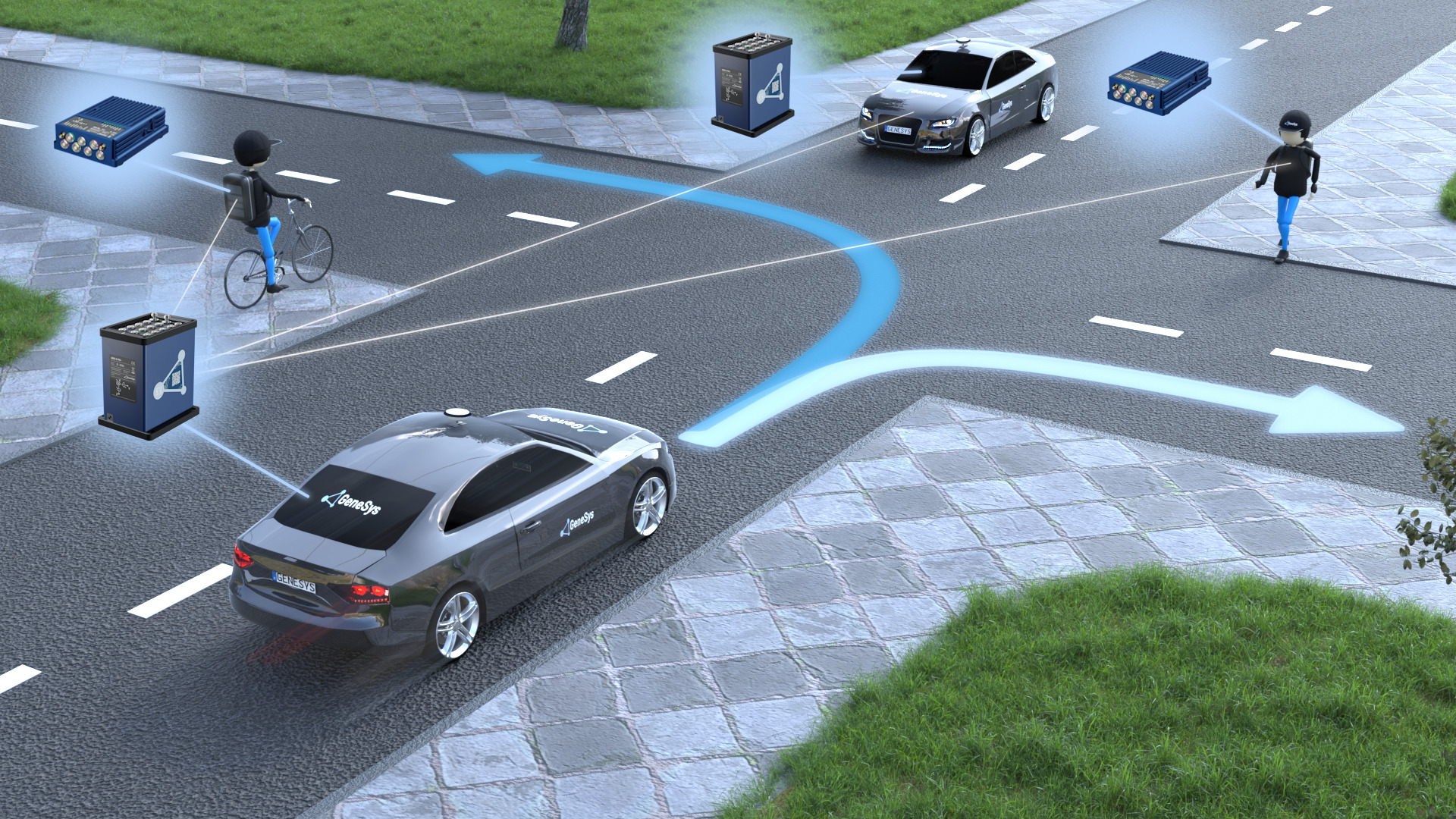UL 94 Flammability Safety Testing for ADAS Electronics
The automotive industry is undergoing a profound transformation with the advent of autonomous vehicles and advanced driver-assistance systems (ADAS). As these technologies become increasingly sophisticated, ensuring the safety and reliability of their components is paramount. One critical aspect of this safety assurance is flammability testing per UL 94 standards, which is especially crucial for ADAS electronics that may be exposed to harsh environmental conditions or potential fire hazards.
UL 94 is a widely recognized standard set by Underwriters Laboratories (UL) to classify the performance of materials used in products that contain plastics. These standards are essential because they help prevent fires and reduce smoke formation when electrical devices catch fire, thereby enhancing safety for passengers and drivers alike. For ADAS electronics, which often incorporate complex circuit boards, wiring harnesses, and other plastic components, UL 94 compliance is a non-negotiable requirement.
The UL 94 standard includes several different classifications, each designed to evaluate the flammability of materials under specific conditions. Among these, the V-0 classification represents the highest level of performance, requiring that specimens do not ignite and extinguish within 1 second when exposed to a flame for up to 30 seconds. This stringent requirement ensures that even in the event of a fire, the material will not contribute significantly to its spread.
For ADAS electronics, UL 94 V-0 testing is particularly important because it directly impacts the safety and reliability of these systems. In autonomous vehicles, where multiple sensors, cameras, processors, and other electronic components are integrated into tight spaces, any fire could have catastrophic consequences. By adhering to UL 94 standards, manufacturers can mitigate risks associated with material flammability, ensuring that their products meet rigorous safety benchmarks.
The testing process for UL 94 V-0 involves precise specimen preparation and controlled burning conditions. Specimens are typically cut from the plastic parts of ADAS components such as controllers, wiring harnesses, or housing enclosures. These specimens are then exposed to a standard flame source under specified time intervals and distances. The performance is evaluated based on factors like flaming time, non-flaming droplets, and overall burn patterns.
The use of advanced instrumentation further enhances the accuracy and reliability of UL 94 testing. Automated testers can provide consistent results across multiple samples, ensuring that the data collected is representative of real-world scenarios. This technology allows for rapid analysis, enabling manufacturers to quickly identify potential issues in material selection or design.
| UL 94 V-0 Classification | Flame Exposure Time (Seconds) | Flaming Time (Seconds) | Non-flaming Droplets |
|---|---|---|---|
| V-0 | 30 | <1 | No droplets |
| HV-0 | 60 | <1 | No droplets |
The UL 94 V-0 classification is particularly challenging, making it a robust measure of material performance. It ensures that the plastics used in ADAS systems are inherently safe and reliable under extreme conditions. This testing process not only helps manufacturers meet regulatory requirements but also enhances consumer confidence in autonomous vehicle technology.
Benefits
- Avoids potential fires caused by flammable materials, enhancing overall vehicle safety.
- Compliance with international standards such as UL 94 ensures global market acceptance and regulatory approval.
- Reduces liability risks for manufacturers by ensuring that ADAS components meet stringent safety criteria.
- Promotes innovation in material science, encouraging the development of safer and more durable plastics.
Industry Applications
| Application Area | Main Use Cases |
|---|---|
| Autonomous Vehicles | Safety-critical electronics, wiring harnesses, housing enclosures. |
| Advanced Driver-Assistance Systems (ADAS) | Cameras, sensors, processors, and other electronic components. |
The UL 94 V-0 testing is critical for ensuring the reliability of ADAS systems in autonomous vehicles. These systems rely on precise electronics and complex wiring to function correctly, making them susceptible to fire risks if materials are not properly tested. By adhering to this standard, manufacturers can ensure that their products meet the highest safety standards, thereby protecting both passengers and drivers.
Use Cases and Application Examples
| Component Type | UL 94 Testing Results |
|---|---|
| Wiring Harnesses | V-0 classification, ensuring no flaming or droplets. |
| Cameras and Sensors Housing | HV-0 classification, offering enhanced safety in fire-prone environments. |
One practical example is the housing for cameras used in ADAS systems. These housings are often exposed to elements such as sunlight, dust, and moisture, which can exacerbate any potential flammability issues. By undergoing UL 94 testing, manufacturers can ensure that these components meet stringent safety standards, reducing the risk of fire during operation.
Another example is the wiring harnesses used in autonomous vehicles. These harnesses connect various sensors and processors, creating a complex network of electrical pathways. If any part of this system were to catch fire, it could lead to catastrophic failures and endanger lives. By ensuring that these components meet UL 94 standards, manufacturers can significantly enhance the safety and reliability of their products.





